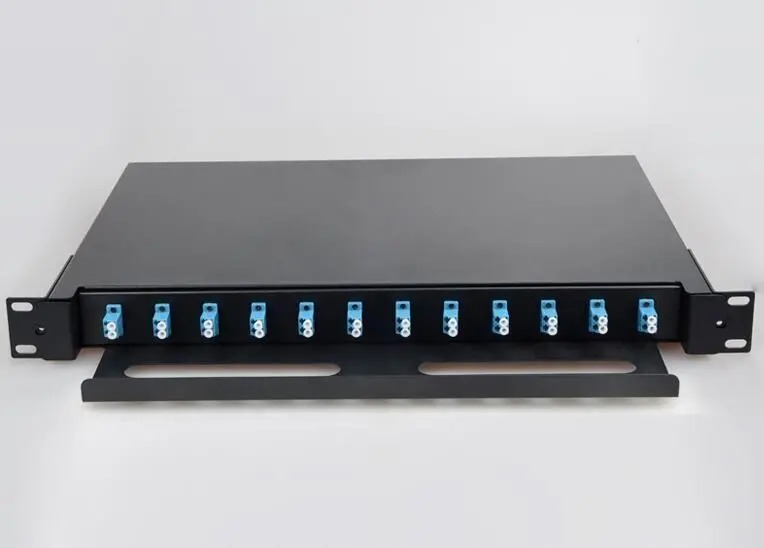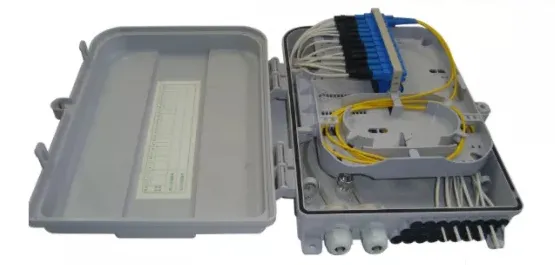Óptico caja de distribución de fibra y caja de terminación de fibra son accesorios indispensables en la instalación y uso de fibras ópticas. Estos accesorios tienen apariencia similar a primera vista, e incluso la misma forma de uso, lo que es fácil de confundir. Este artículo comenzará con estos dos accesorios, los comparará brevemente y presentará sus similitudes y diferencias.
Similitudes
Estos dos conectores tienen cuatro similitudes obvias, como las funciones principales, que se pueden resumir de la siguiente manera:
- Cuando el cable óptico de función fija ingresa al bastidor, se debe fijar mecánicamente su cubierta exterior y su núcleo de refuerzo, se deben instalar componentes de protección del cable de tierra, se debe realizar un tratamiento de protección de los extremos y se deben agrupar y proteger las fibras ópticas.
- Función de empalme por fusión, la fibra óptica extraída del cable óptico se fusiona con el cable de cola, la fibra óptica redundante se enrolla y almacena y se protege la junta de empalme por fusión.
- Los adaptadores y conectores se pueden insertar y retirar de forma flexible; la ruta óptica se puede implementar y probar libremente.
- El espacio y los métodos apropiados cumplen con los requisitos mínimos del radio de curvatura.
Diferencias
Dado que existen muchas similitudes en función, pero existen diferencias obvias en apariencia e instalación, resumiremos e introduciremos los dos conectores respectivamente.
Caja de terminación de fibra

Puertos convencionales: 8 puertos, 12 puertos
Entorno de uso: pared o escritorio
La caja de terminación de fibra óptica suele colocarse al final del cable óptico horizontal. El equipo conectado mediante el puente óptico conectado desde la caja de terminación de fibra óptica a través del acoplador es el punto de conexión más cercano al terminal (dispositivo de conmutación o PC), generalmente 8 puertos.
Caja de distribución de fibra

Puertos convencionales: 24 puertos, 48 puertos
Entorno de uso: dentro del pasillo.
La caja de distribución de fibra óptica es un dispositivo de interfaz que se utiliza para conectar el cable óptico principal y el cable óptico de distribución en exteriores, pasillos o interiores. Comúnmente utilizado en el tendido de redes ópticas de redes totalmente ópticas FTTH. También es una pequeña caja que vemos a menudo en los pasillos de nuestra vida diaria.
Conclusión
Entonces podemos concluir que la diferencia entre estos dos productos radica principalmente en dos puntos: el número de interfaces es diferente y el entorno de uso es diferente. Ellos mismos no participan en la transmisión de datos, sino principalmente el entorno de aplicaciones y los diferentes servicios de los puertos requeridos, instalados donde se necesitan.
